Transforming Banking Operations: Karthika Gopalakrishnan’s AI/ML Solutions for Cash Forecasting and Denial Prediction
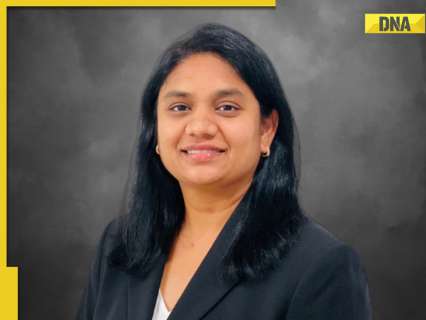
These technologies are not just streamlining processes; they are also setting new standards for efficiency, accuracy, and strategic decision-making.
India, China reach agreement on patrolling arrangements along LAC ahead of BRICS Summit

This significant development comes just ahead of Prime Minister Narendra Modi’s visit to Russia for the 16th BRICS Summit, scheduled for October 22-23.
Watch live: Robert Roberson to testify in the Texas Capitol days after his execution was paused
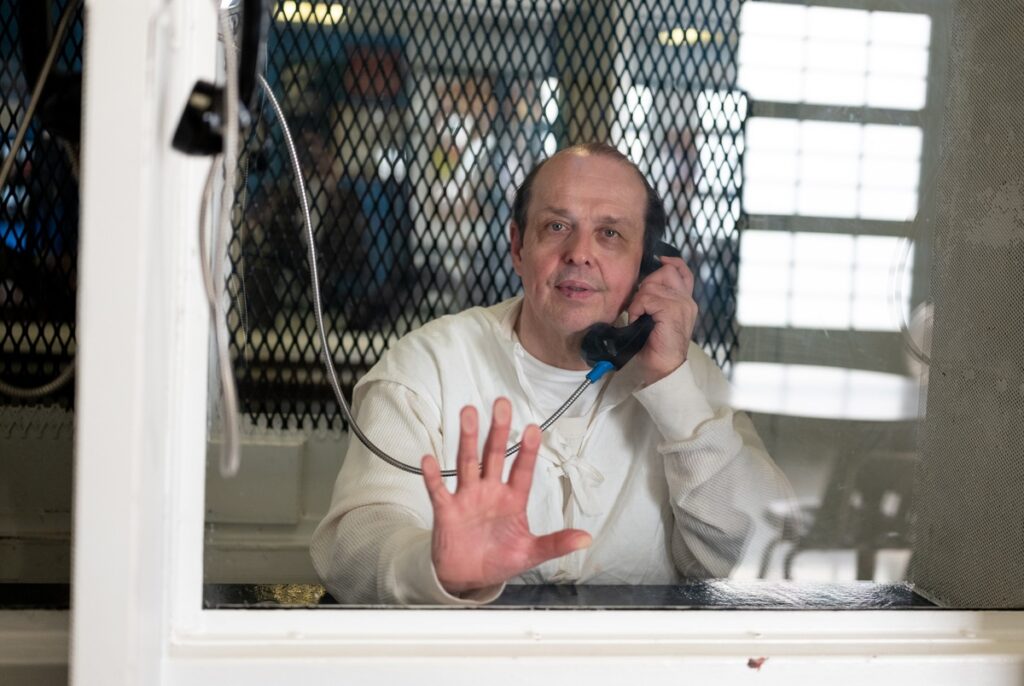
Roberson was subpoenaed by a state House committee in a last-ditch effort to delay his death. The hearing featuring his testimony begins at noon.
Early voting is under way in Texas. Here’s a guide to your rights at the polls.
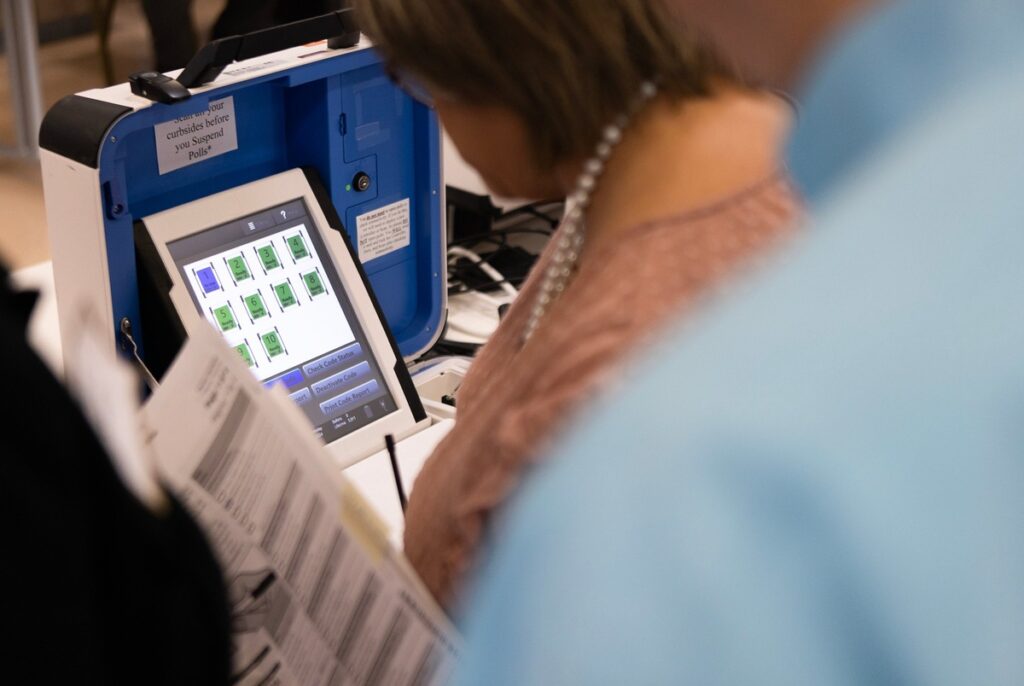
Our guide outlines your voting rights, where to vote, and the necessary steps for early voting.
Level of oil and gas regulation at heart of Texas Railroad Commission race
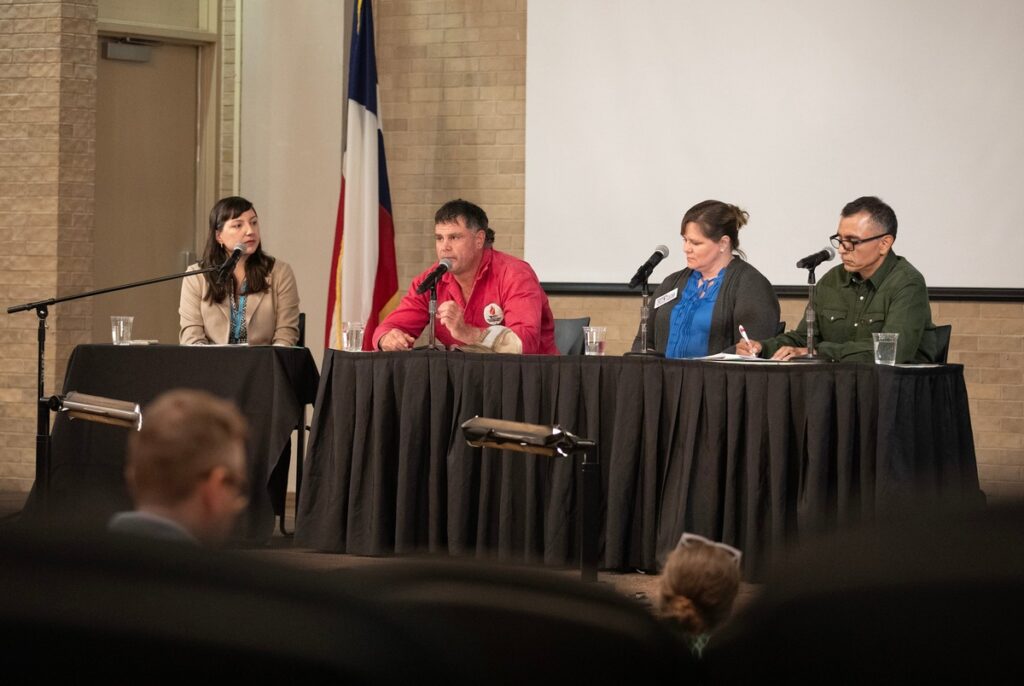
Incumbent Christi Craddick is touting the health of the Texas energy industry and its impact on the economy. Her top opponent says regulation on the commission is too lax.
Battleground state’s Democrat gov repeatedly dodges when pressed for policy difference between Harris, Biden
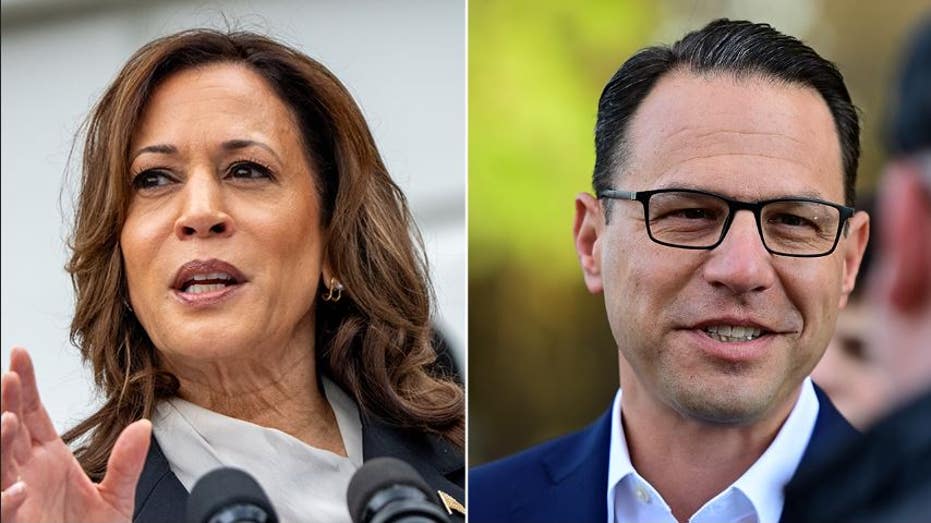
Democratic Pennsylvania Governor Josh Shapiro had no answer when asked to list one policy difference between President Biden and presidential candidate Vice President Harris during Sunday’s “Meet the Press” on NBC. “Our latest NBC News poll shows that more voters are concerned that Vice President Harris will continue Joe Biden’s approach than Donald Trump will continue his approach from his first term,” host Kristen Welker pointed out to Shapiro before asking if Harris has “done enough to distance herself from President Biden?” “You know, Kristen, I think what is clear is this is a race not between Kamala Harris and Joe Biden, but between Kamala Harris and Donald Trump. And on that, there are clear contrasts,” Shapiro said, while going on to discuss some of the differences between the presidential candidates, rather than between Harris and Biden. “I understand what you’re saying, Governor, but polls do show that more Americans feel as though President Biden’s policies have hurt them rather than help them,” Welker responded, before asking, “So can you name one key policy difference between Vice President Harris and President Biden? How would her administration look different?” KAMALA HARRIS DOWNPLAYS DIMINISHING SUPPORT FROM MALE VOTERS: ‘IT’S NOT THE EXPERIENCE I’M HAVING’ “You know, I’ve been really encouraged by the amount of energy that Kamala Harris, Vice President Harris, has put into focusing on how she will cut taxes for small businesses, the focus on child care, tax credit expansion,” Shapiro said. “Can you name one policy difference?” Welker pressed again. “Well, listen again, the contrast I am focused on, Kristen, is between her and Donald Trump,” he said. “And on that, I think it is clearly different.” DAVID MARCUS: SORRY KAMALA, VOTERS AREN’T BUYING YOUR TRUMP HAIL MARY The exchange was brought up later in the show, by guest Brenden Buck, who is a former adviser to House speakers Paul Ryan and John Boehner. “It was remarkable that Josh Shapiro was here as a surrogate for the campaign, and they still can’t think of an answer to what she would do differently than the president,” Buck said during a roundtable discussion. Shapiro will continue to campaign for Harris, he said during the show. “We are used to close elections here in Pennsylvania,” he said. “We understand that this election likely will come down to tens of thousands of votes.”
‘Want to put culprits on no-fly list’: Aviation Minister on amending safety rules amid hoax calls

In response to the recent threats, security measures at airports across India have been increased
‘Kashmir Pakistan nahi banega’: Former J-K CM Farooq Adbullah’s warning after Ganderbal terror attack
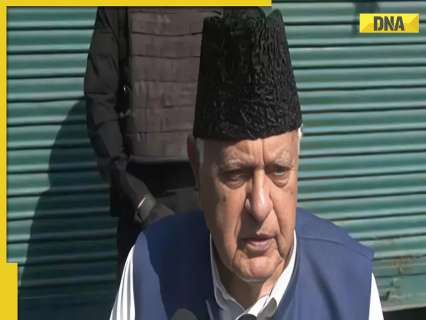
Speaking to reporters, former CM of Jammu & Kashmir Farooq Abdullah said, “Let us live with dignity and succeed… If they couldn’t create a Pakistan for 75 years, how would it be possible now?
‘Tragic and shocking’: Explosive House report details ‘preventable’ July 13 Trump rally shooting
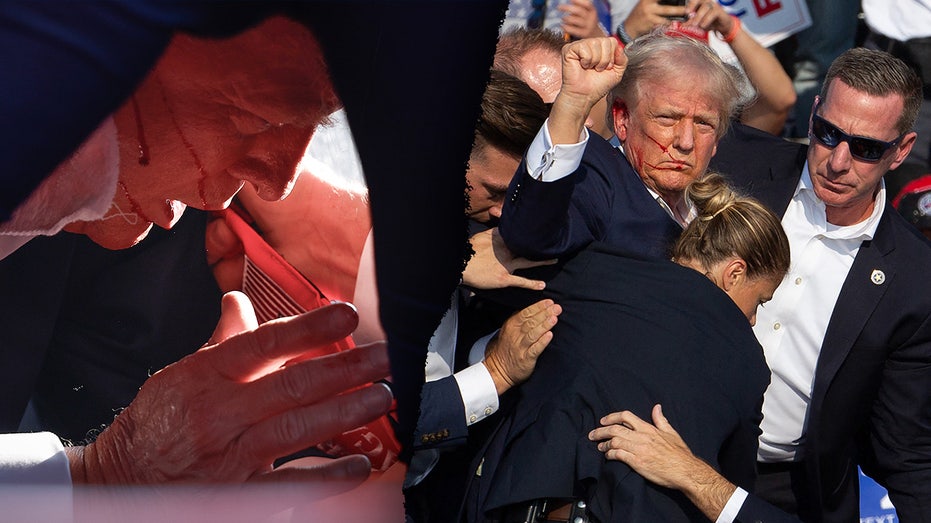
The deadly shooting at former President Trump’s rally in Pennsylvania on July 13 was a “preventable” incident stemming from a lack of proper planning and communication between law enforcement agencies, according to a new report. The House Task Force investigating the attempts on Trump’s life is releasing their interim findings on Monday, with a final report expected by Dec. 13. “Although the findings in this report are preliminary, the information obtained during the first phase of the Task Force’s investigation clearly shows a lack of planning and coordination between the Secret Service and its law enforcement partners before the rally,” the report said. U.S. Secret Service (USSS) personnel at the event “did not give clear guidance” to state and local authorities about how to manage security outside of their hard perimeter, nor was there a central meeting between USSS and the law enforcement agencies supporting them the morning of the rally – two findings presented as key failures in the 51-page report. WATCH DONALD TRUMP’S INTERVIEW ON ‘FOX AND FRIENDS’ “Put simply, the evidence obtained by the Task Force to date shows the tragic and shocking events of July 13 were preventable and should not have happened,” the report said. A would-be assassin’s bullet clipped Trump, Republicans’ 2024 nominee, in the ear while he was addressing supporters at a rally in Butler, Pennsylvania, over the summer. Thomas Matthew Crooks, 20, opened fire on the rally from a rooftop just outside the event’s security perimeter, killing one attendee and injuring two others in addition to Trump. The Monday report underscores the mountain of scrutiny that USSS has grappled with since the shooting, with lawmakers on both sides questioning how Crooks was able to fire eight shots before being killed by a single bullet to the head. CHECK OUT THE LATEST FOX NEWS POWER RANKINGS IN THE 2024 ELECTION The task force found that Crooks “had been under scrutiny by the Secret Service’s state and local partners” for roughly 40 minutes before “information about a suspicious person” reached the USSS command post. It said three local law enforcement officers noticed Crooks around 5 p.m. ET, each “independently” deducing his “behavior and manner were suspicious.” Back-and-forth ensued among local and state units, with communication made more difficult by a lack of a central command system with USSS. The report later said that from around 5:38 p.m. to 5:51 p.m., “a series of calls and messages about Crooks’s description and movements reached the Secret Service.” The document also referenced prior testimony by a witness from the Butler Township Police Department whose colleague spotted Crooks on the roof just before he opened fire. That witness said their colleague fell from the roof – which he was tenuously gripping – while shouting “THERE’S AN AR! AN AR! AN AR! A GUY WITH AN AR!” “To date, the Task Force has not received any evidence to suggest that message reached the former President’s USSS detail prior to shots fired,” the report said. TRUMP HAS ‘PRESIDENTIAL LEVEL’ SECRET SERVICE PROTECTION, LAWMAKERS TOLD The report also quoted a witness from the Butler County Emergency Services United (ESU) whose account of shooting Crooks appears to undercut the USSS’s assertion that one of its snipers killed the gunman. “He fired a single shot from a standing position at Crooks, who was in a prone position on the roof. Butler ESU Witness 5 told the Task Force that he believes his shot hit Crooks,” the report said. Crooks’ autopsy suggests he was only hit by a single bullet which proved fatal, the report noted. Former USSS Director Kimberly Cheatle previously said a USSS counter-sniper killed Crooks, and the report said “there is no evidence to date to the contrary.” “The autopsy found no evidence of an entry wound from a second bullet,” the report said. His bloodwork was also “positive for antimony, selenium, and lead,” with the latter element potentially coming from Crooks’ time spent at a firing range, according to the report. The report also points to logistical issues – particularly on the part of USSS – in the hours before the rally took place. For instance, there were two command centers set up for the event, with a witness testifying that no one from the Butler Police Department was invited to the USSS’ hub. Butler ESU Commander Edward Lenz also told Task Force staff that a sniper from his unit advised a USSS agent to pick up a radio communication device from their command center to be able to keep in contact with local and state authorities – but the agent never retrieved it. TRUMP ASSASSINATION ATTEMPT IN FLORIDA: SECRET SERVICE ‘REDLINES,’ PENNSYLVANIA TASK FORCE SAYS The report said ESU snipers, who were not positioned to monitor the building Crooks fired from but were inside the complex, were also not informed of any plan to keep an eye on the facility itself. “Local law enforcement told the Task Force that the Secret Service did not give any guidance to Butler ESU and Beaver ESU regarding the placement, role, and responsibilities of their snipers… they understood their assignment to be overwatch of the rally venue,” the report said. Local and state law enforcement held two briefings on the morning of the rally, but USSS “did not participate in either briefing,” the report said. USSS held its own briefing at 10 a.m. that day, but the report suggested local units were not invited. Indeed, one Pennsylvania State police officer “was invited to the 1000 USSS briefing by one USSS agent, then subsequently asked to leave by another.” In the conclusion of its report, the Task Force indicated it would continue its efforts to interview officials and review new details as they emerge, and reaffirmed its goal to investigate both the July 13 incident and the Sept. 15 assassination attempt against Trump at his West Palm Beach Golf Course. The Task Force was commissioned by House leaders after a unanimous vote in the chamber.
Early In-person voting begins for Alaska, Arkansas, Connecticut, Idaho, North Dakota, South Carolina, Texas
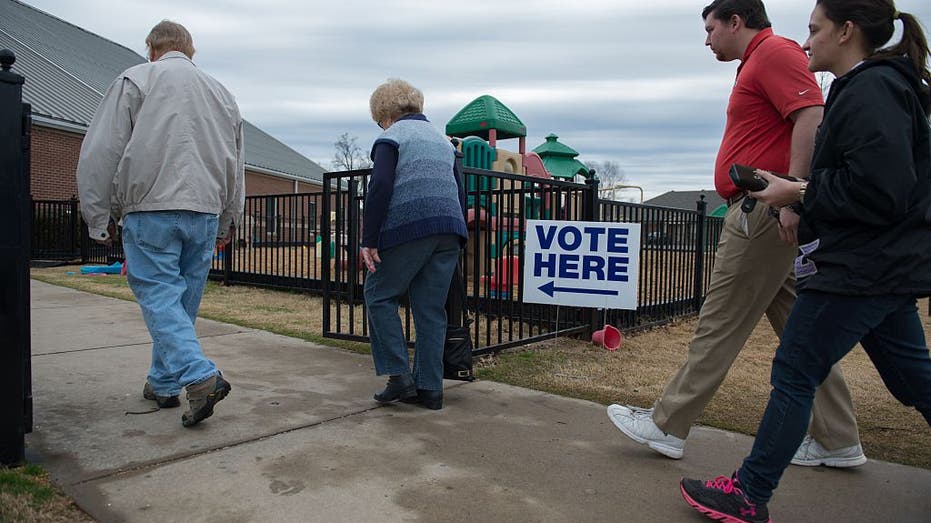
Early in-person voting begins in Alaska, Arkansas, Connecticut, Idaho, North Dakota, South Carolina and Texas on Monday. Here what you need to know about the state-of-play in these states and how to cast your ballot in each ahead of Election Day. Voting also begins today in several battleground House districts. For a full list of competitive races, see the latest Senate and House rankings. This is a guide to registration and early voting. For comprehensive and up-to-date information on voter eligibility, processes and deadlines, please go to Vote.gov and the election website for Alaska. Alaska began absentee voting earlier this month. Residents do not need to provide an excuse to receive a ballot. State officials must receive a ballot request by Oct. 26, and that ballot must be delivered to state officials by Nov. 5. HERITAGE FOUNDATION SUES DHS FOR DOCUMENTS THAT SAY ‘HARRIS’ AND ‘BORDER CZAR’ Alaska offers early in-person voting beginning Monday, Oct. 21, and it continues through Nov. 4. Alaska residents can register to vote in person on Election Day. The deadline for online or mail registration was Oct. 6. This is a guide to registration and early voting. For comprehensive and up-to-date information on voter eligibility, processes, and deadlines, please go to Vote.gov and the election website for Arkansas. Arkansas began absentee voting earlier this month. State officials must receive a ballot application by Oct. 29, and that ballot must be delivered to county officials by Nov. 5. Residents can vote early beginning Monday, Oct. 21, and it will continue through Nov. 4. Oct. 7 is the deadline for Arkansans to register to vote, both by mail or in-person at a local election office. This is a guide to registration and early voting. For comprehensive and up-to-date information on voter eligibility, processes and deadlines, please go to Vote.gov and the election website for Connecticut. Connecticut began absentee voting earlier this month. Applicants need to provide an excuse to receive a ballot. The resident must request a ballot application by Nov. 4, and that ballot must be delivered to county officials by Nov. 5. Connecticut began early in-person voting on Monday, Oct. 21, and it will continue through Nov. 3. FOX NEWS POWER RANKINGS: HARRIS LOSES HER LEAD AND A NEW ELECTORATE EMERGES Connecticut residents can register to vote online or by mail through Oct. 18. They can register in person at any time during early voting (Oct. 21 through Nov. 3) as well as on Election Day. This is a guide to registration and early voting. For comprehensive and up-to-date information on voter eligibility, processes and deadlines, please go to Vote.gov and the election website for Idaho. Idaho began in late September. Applicants do not need to provide an excuse to receive a ballot. The state must receive a ballot application by Oct. 25, and that ballot must be delivered to state officials by Nov. 5. Early in-person voting begins Monday, Oct. 21, for some locations, but varies for others. Check the Idaho county elections’ website to confirm your location’s start date.Early in-person voting will continue through Nov. 1. Idaho allows residents to register to vote in person during early voting (which ends Nov. 1) or on Election Day. Online voter registration ended Oct. 11. NEVADA SENATE HOPEFULS TACKLE TRANS ATHLETES, IMMIGRATION AND UFOS IN ONLY DEBATE This is a guide to registration and early voting. For comprehensive and up-to-date information on voter eligibility, processes and deadlines, please go to Vote.gov and the election website for North Dakota. North Dakota applicants do not need to provide an excuse to receive a ballot. The state must receive a ballot application by Nov. 4, and that ballot must be delivered to state officials by the end of the same day, Nov. 4. Some North Dakota counties began early in-person voting on Monday, Oct. 21. Others start later or do not offer early voting at all. Check the state’s website for more information. All eligible citizens can vote in North Dakota elections without prior registration. This is a guide to registration and early voting. For comprehensive and up-to-date information on voter eligibility, processes and deadlines, please go to Vote.gov and the election website for South Carolina. South Carolina began absentee voting in early October. Applicants need to provide an excuse to receive a ballot. The state must receive a ballot application by Oct. 25, and that ballot must be delivered to state officials by Nov. 5. PRO-DEFUND POLICE DEM IN KEY RACE ONCE THREATENED TO ‘KILL’ AND ‘BURY’ MAN OVER THE PHONE: POLICE RECORDS South Carolina will began early in-person voting on Monday, Oct. 21, and it will run through Nov. 2. South Carolina residents can register to vote online, in-person and by mail by Oct. 14. This is a guide to registration and early voting. For comprehensive and up-to-date information on voter eligibility, processes and deadlines, please go to Vote.gov and the election website for Texas. Texas began absentee voting in early October. Applicants will need to provide an excuse to receive a ballot. The state must receive a ballot application by Oct. 25, and that ballot must be delivered to state officials by Nov. 5. Texas began early in-person voting on Monday, Oct. 21, and it will run through Nov. 1. Texas residents must have registered to vote prior to Oct. 7. Get the latest updates from the 2024 campaign trail, exclusive interviews and more at our Fox News Digital election hub.
